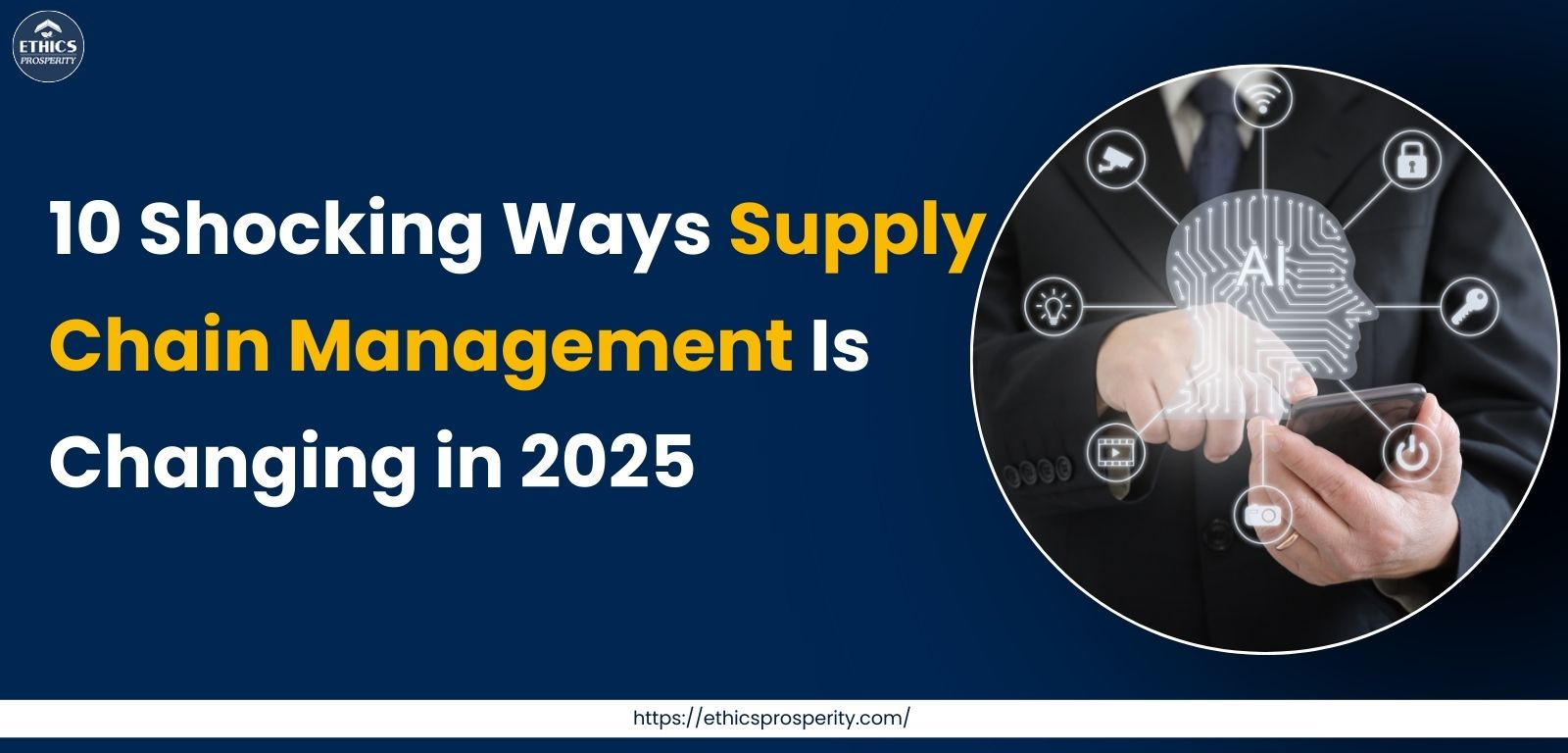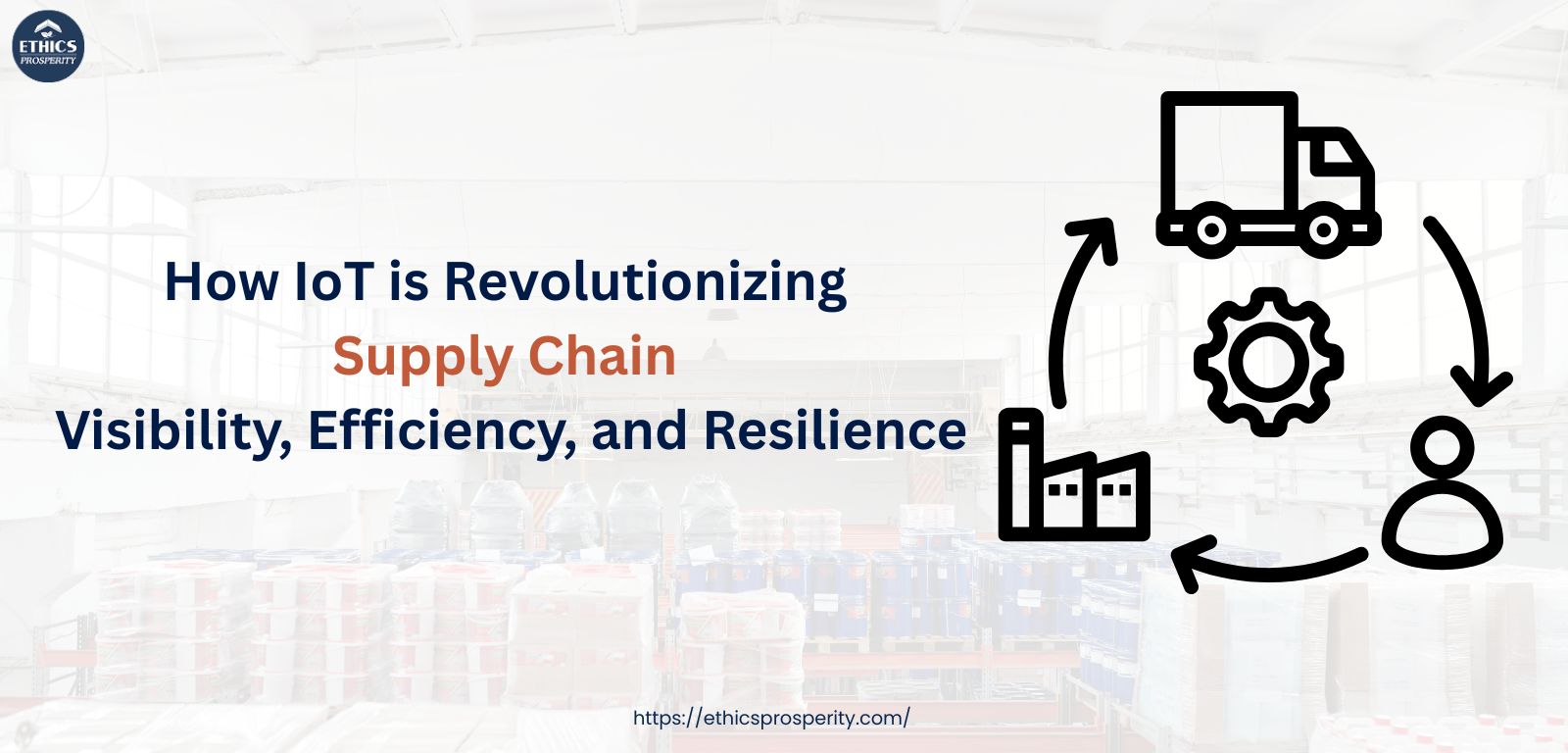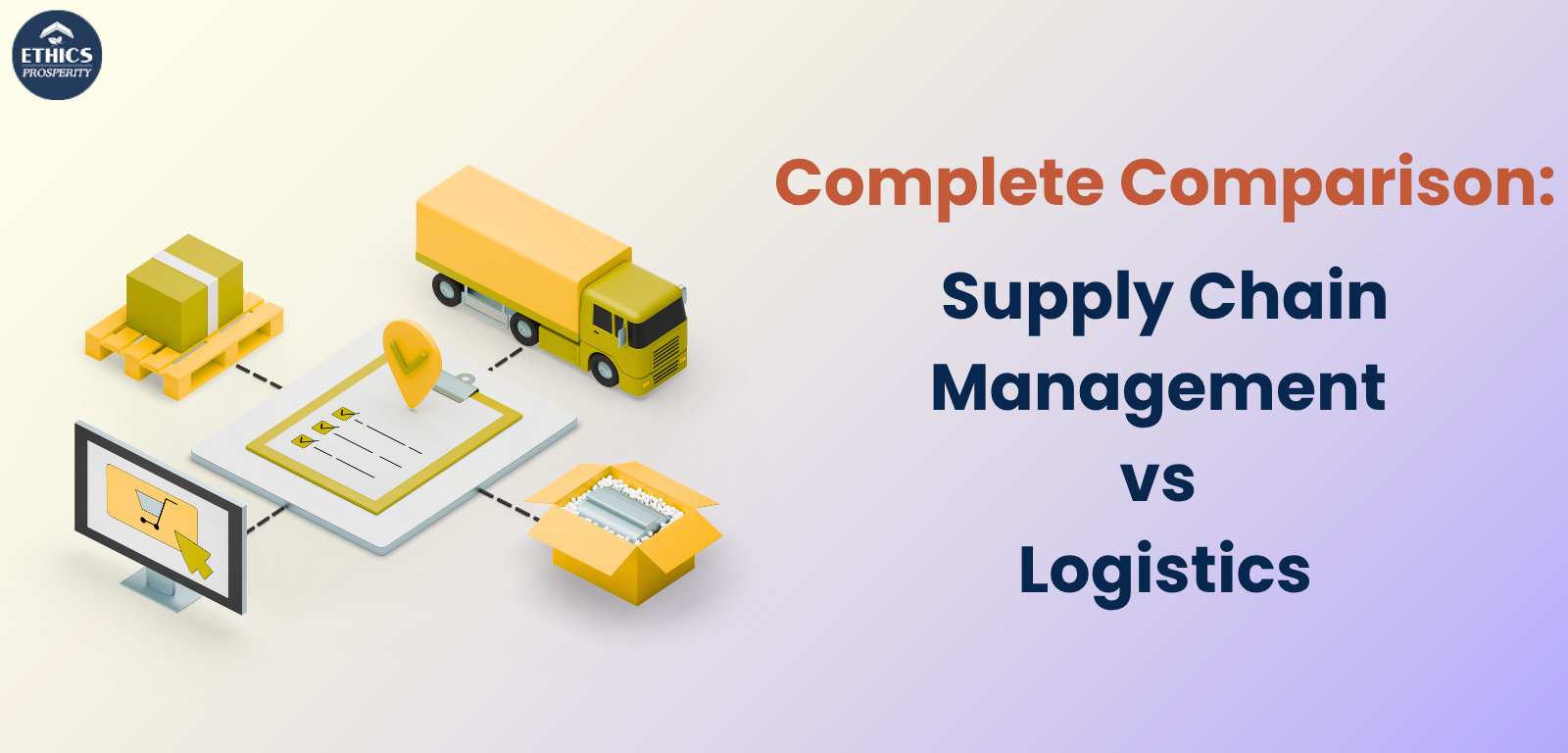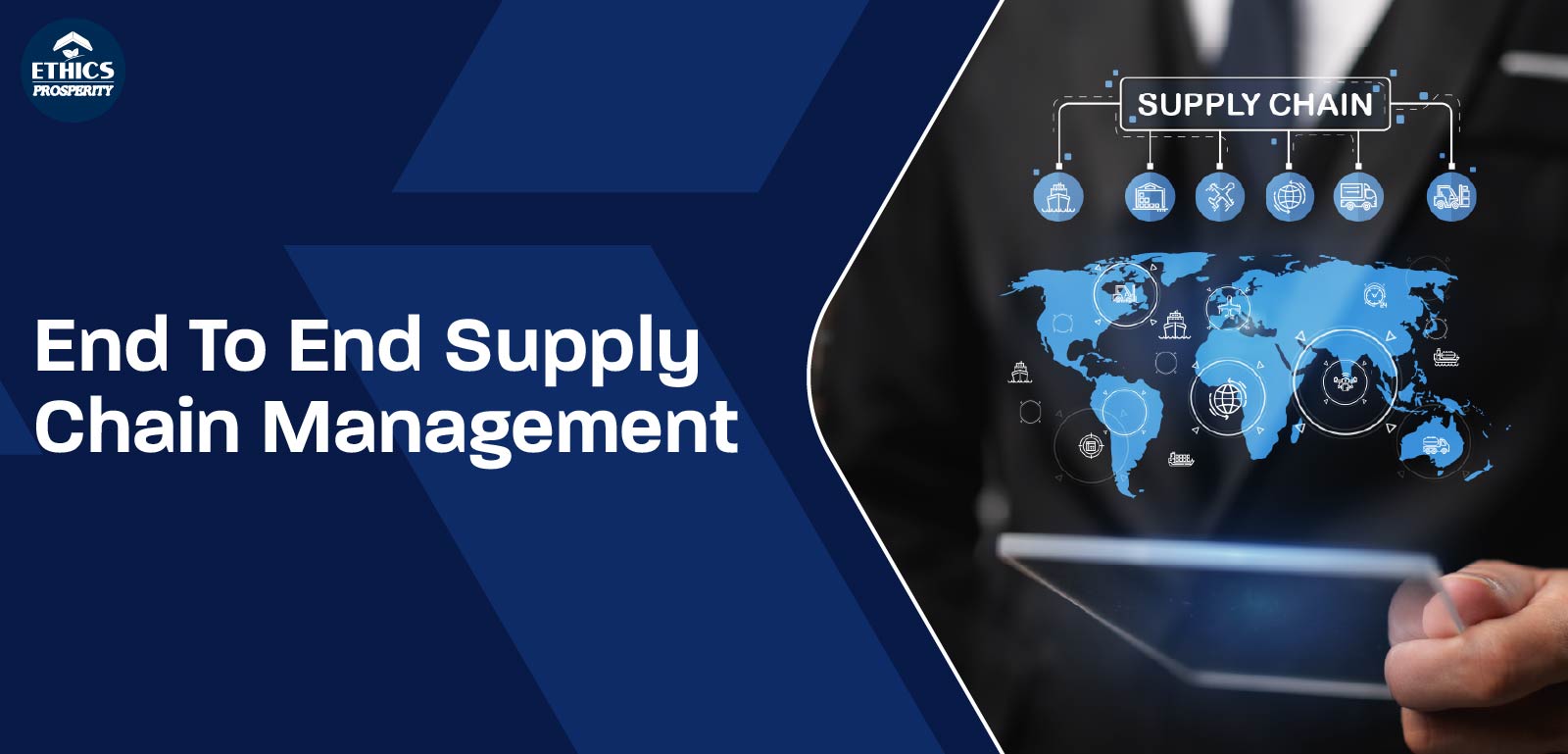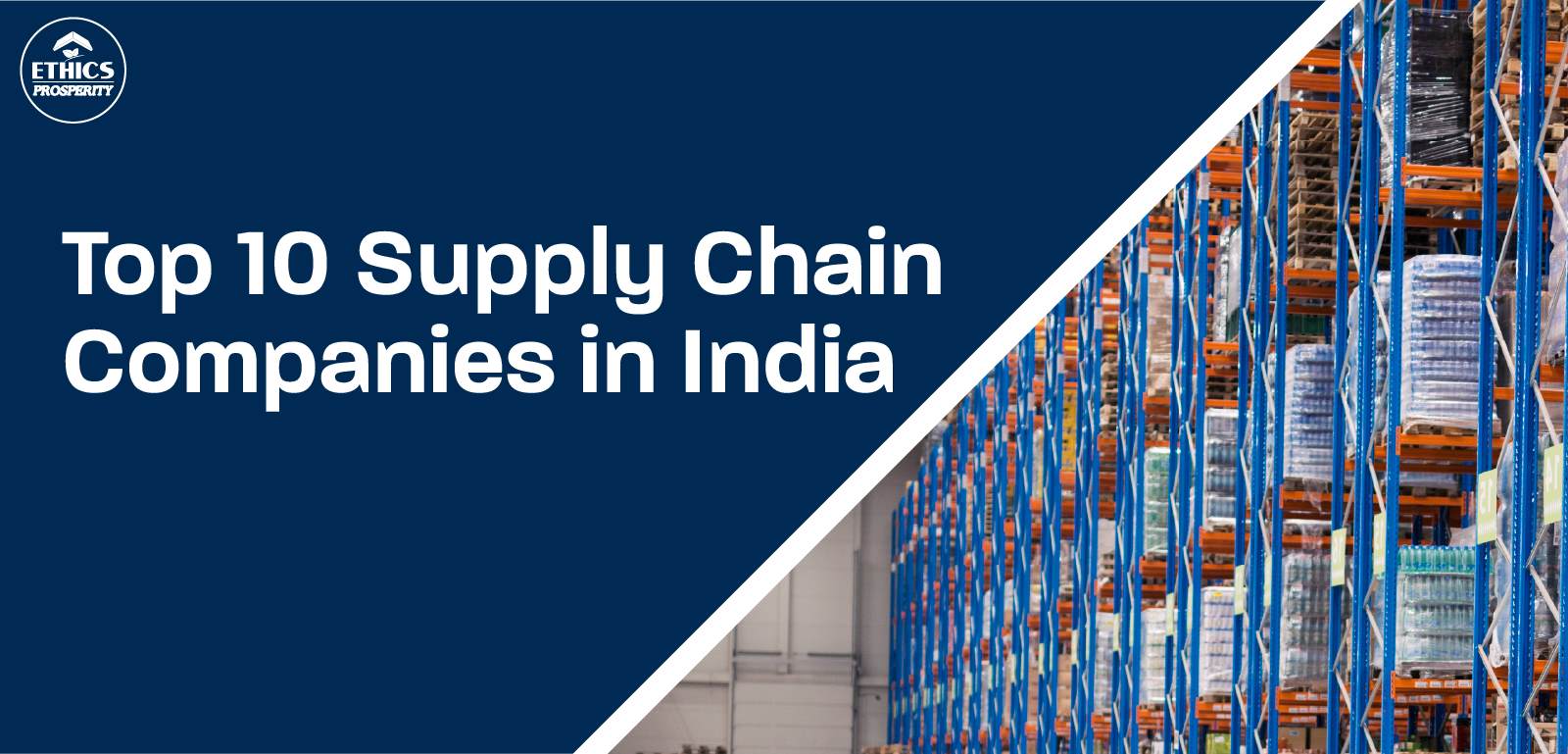In 2025, supply chain management is being reshaped by disruptive technologies and evolving business demands. One of the most transformative shifts is the widespread adoption of AI-powered forecasting, allowing companies to predict demand and reduce waste with precision. Supply Chain as a Service (SCaaS) is gaining momentum, enabling businesses to outsource complex operations for greater flexibility.
Drones and autonomous vehicles are revolutionizing last-mile delivery, while blockchain technology ensures end-to-end transparency and traceability. Meanwhile, cybersecurity has become a top priority due to increased digital vulnerabilities.
Sustainability is also driving change—circular supply chains and reverse logistics are now core to ESG strategies. In response to global disruptions, many firms are turning to localized sourcing and distribution models to reduce lead times and dependency on foreign suppliers.
Robotics and automation are addressing labor shortages, especially in warehousing and order fulfillment. Additionally, digital twins and supply chain control towers offer real-time visibility, simulation, and better decision-making capabilities.
These trends collectively mark a shift from reactive to proactive, from global to local, and from manual to automated. Businesses that embrace this transformation are better positioned to stay resilient, responsive, and competitive in the new era of supply chain excellence.
1. AI-Powered Forecasting Becomes the Standard
In today’s data-driven landscape, AI-powered forecasting is no longer a futuristic advantage; it’s the new industry standard. By leveraging machine learning algorithms and historical data, businesses are now able to predict demand patterns, inventory needs, and supply fluctuations with unprecedented accuracy. This shift enables supply chain leaders to reduce wastage, optimize procurement, and improve customer satisfaction through proactive decision-making. As volatility increases across global markets, AI forecasting is becoming essential to stay agile and competitive.
2. Blockchain for End-to-End Transparency
Blockchain technology enhances end-to-end transparency by providing an immutable, decentralized, and traceable record of transactions across a supply chain. This means that every step in the process, from raw materials to the final product, is recorded on a secure and transparent ledger, allowing all authorized participants to view the history of the product. This increased transparency helps to reduce fraud, improve efficiency, and build trust among consumers and businesses.
Here's how blockchain achieves end-to-end transparency:
- Immutable and Tamper-Proof Records:Blockchain's core functionality is the creation of immutable records, meaning once data is added to the blockchain, it cannot be altered or deleted. This ensures that the information about a product's journey is accurate and reliable.
- Decentralized Ledger:Unlike traditional systems that rely on a central database, blockchain uses a decentralized ledger distributed across multiple participants. This distributed nature makes it difficult for any single entity to manipulate the data, enhancing transparency and security.
- Traceability:Each product is assigned a unique digital identity that follows it through the supply chain. This allows for tracking the product's origin, location, and handling at every stage.
- Increased Efficiency:By providing real-time visibility and streamlining processes, blockchain can improve efficiency and reduce costs in supply chain management.
- Fraud Prevention:The transparency and traceability offered by blockchain make it difficult for counterfeiters and fraudsters to operate, as any fraudulent activity would be immediately visible to all participants.
- Enhanced Trust:By providing verifiable information about a product's origin, journey, and authenticity, blockchain builds trust among consumers and businesses
3. Rise of Hyper-Automation
Hyper-automation is best understood as a strategic approach rather than a single technology. At its core is the belief that automating business processes leads to improved efficiency and accuracy. Automation not only accelerates workflows but also enhances precision, making it easier to track and analyze operations more effectively. This strategy involves leveraging advanced technologies—such as Robotic Process Automation (RPA), Low-Code/No-Code (LCNC) platforms, Artificial Intelligence (AI), and Machine Learning (ML)—to identify and automate a wide range of business activities rapidly.
4. Surge in Sustainable Supply Chain Practices
The "Surge in Sustainable Supply Chain Practices" refers to a growing trend where businesses are increasingly focused on integrating environmental and social considerations into their supply chain operations. This involves minimizing resource consumption, reducing waste, promoting ethical practices, and enhancing overall sustainability throughout the entire supply chain, from sourcing to distribution.
Key drivers of this surge include:
- Growing consumer demand:Consumers are increasingly conscious of the environmental and social impact of the products they purchase, leading them to favor businesses with sustainable practices.
- Investor pressure:Investors are also placing greater emphasis on Environmental, Social, and Governance (ESG) factors when making investment decisions.
- Stringent regulations:Governments around the world are enacting stricter environmental regulations, pushing businesses to adopt more sustainable practices.
- Risk mitigation:Unsustainable supply chains can expose businesses to reputational damage, legal liabilities, and supply disruptions, making sustainability a key factor in risk management.
- Cost reduction:Implementing sustainable practices can lead to cost savings through increased efficiency, reduced waste, and optimized resource utilization.
Key aspects of sustainable supply chain practices:
- Sustainable sourcing:Prioritizing suppliers who adopt environmentally friendly and ethical practices, such as using recycled materials, reducing emissions, and ensuring fair labor conditions.
- Logistics and transportation:Optimizing transportation routes, using alternative fuel vehicles, and minimizing empty miles to reduce carbon emissions.
- Waste reduction and circular economy:Implementing strategies to minimize waste generation, promote recycling and reuse of materials, and adopt circular economy principles where waste is minimized and products are designed for reuse or recycling.
- Ethical labor practices:Promoting equitable wages, safe labor practices, and the protection of human rights is fundamental at every level of the supply chain.
- Transparency and traceability:Utilizing technologies like blockchain to track products from origin to consumption, ensuring transparency and accountability.
Benefits of sustainable supply chains:
Reduced environmental impact: Reducing waste, lowering carbon emissions, and preserving natural resources are essential pillars of sustainable operations.
- Improved brand reputation: Enhancing brand image and attracting environmentally conscious consumers.
Increased operational efficiency: Driving cost savings and operational excellence through smarter resource utilization and waste elimination.
- Enhanced supply chain resilience:Building more robust and reliable supply chains by diversifying suppliers and reducing reliance on vulnerable sources.
- Competitive advantage:Gaining a competitive edge by meeting the growing demand for sustainable products and services.
5. Localization Over Globalization-
The pandemic, geopolitical shifts, and supply disruptions have accelerated a strategic shift from globalization to localization. Businesses are now rethinking long, complex global supply chains in favor of regional or local sourcing models. Localization reduces lead times, enhances agility, and minimizes risk by keeping production and distribution closer to end markets. For many organizations, this transition is not just about cost but about resilience, compliance, and customer responsiveness. In a world where disruptions are the new normal, localized supply chains are proving to be a smarter, more sustainable path
7. Supply Chain as a Service (SCaaS) Expansion.
The rise of Supply Chain as a Service (SCaaS) is transforming how businesses manage logistics, procurement, and fulfillment. With SCaaS, companies can outsource complex supply chain functions to specialized partners, gaining access to advanced technology, real-time visibility, and scalable operations without heavy capital investment. This model offers flexibility, faster implementation, and improved focus on core competencies—especially vital for SMEs and enterprises navigating fluctuating market demands. As digital transformation accelerates, SCaaS is emerging as a key enabler of agile, cost-efficient, and future-ready supply chains.
8. Labor Shortage Driving Robotics Adoption
Persistent labor shortages across warehousing, logistics, and manufacturing are accelerating the adoption of robotics and automation. As finding and retaining skilled workers becomes increasingly challenging, businesses are turning to robotic solutions for repetitive, high-volume, and precision tasks. From automated guided vehicles (AGVs) to robotic picking arms and sortation systems, these technologies enhance productivity, ensure consistency, and reduce operational dependency on human labor. Beyond efficiency, robotics also enables businesses to scale operations sustainably and meet rising customer expectations in a high-demand, low-labor environment.
9. AI-Powered Risk Management & Scenario Planning: Building Smarter, Safer Supply Chains
In an era marked by geopolitical tensions, natural disasters, and volatile demand, AI-driven risk management and scenario planning are becoming essential tools for supply chain resilience. By analyzing vast datasets in real time, AI helps identify potential disruptions, assess their impact, and simulate multiple response strategies. This enables companies to proactively plan for contingencies, reduce downtime, and protect revenue. Whether forecasting material shortages or rerouting logistics due to climate events, AI empowers organizations to make faster, data-backed decisions in the face of uncertainty.
10. Cybersecurity Becomes Mission-Critical
Cyber threats are advancing rapidly, with attackers deploying increasingly sophisticated tactics. At the same time, the global surge in connected devices is expanding the potential attack surface. According to recent findings, over 30,000 vulnerabilities were disclosed in the past year alone—marking a 17% rise and underscoring the growing complexity of cyber risk. As businesses accelerate remote work models and cloud adoption, endpoints and data transmissions become prime targets for malicious activity. In this evolving landscape, staying informed about the latest cybersecurity trends is not just advisable—it’s essential for organizational resilience.
Conclusion
Supply chain management in 2025 is no longer about incremental improvements; it's about radical reinvention. From AI-powered forecasting to robotics replacing manual labor, and from localization trends to SCaaS models, these shifts are redefining how businesses operate, compete, and deliver value. The companies that will lead tomorrow are already embracing these disruptive trends today, investing in technology and building resilience.
